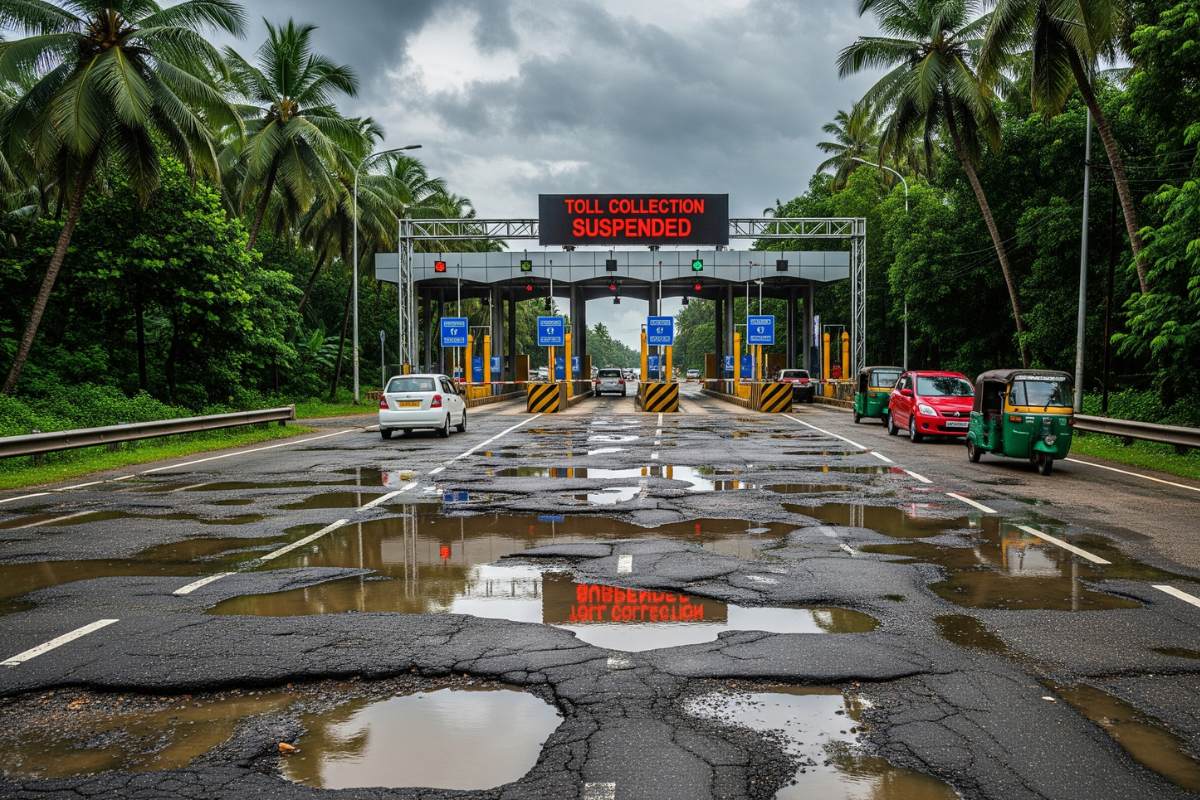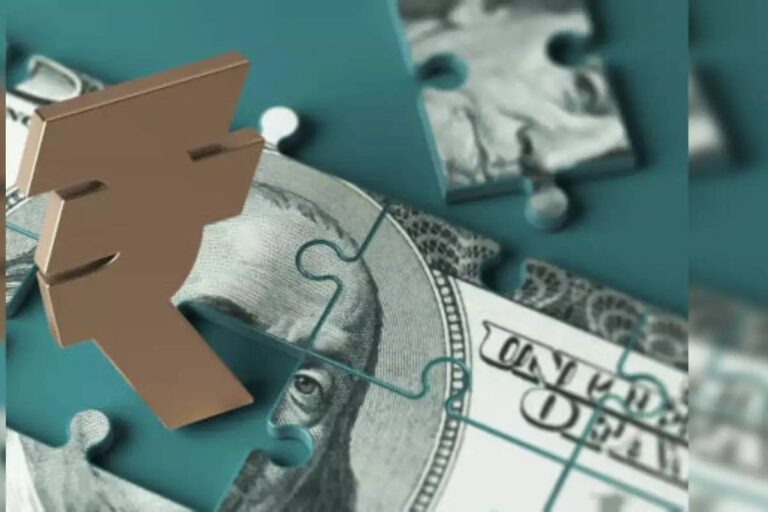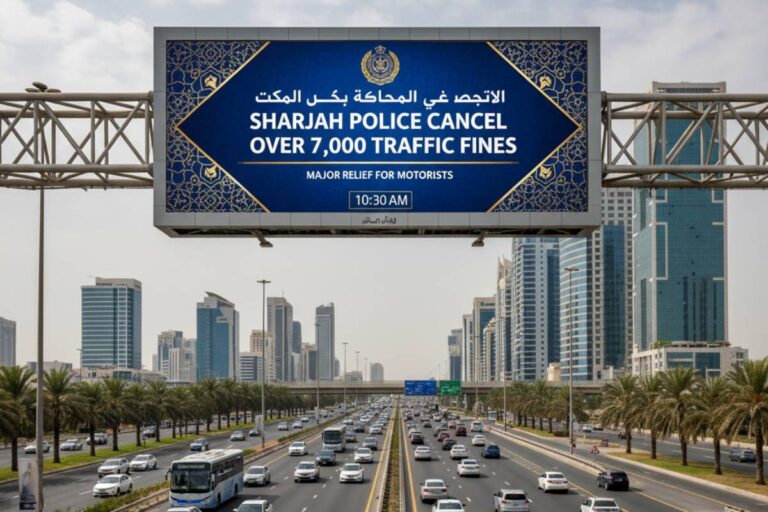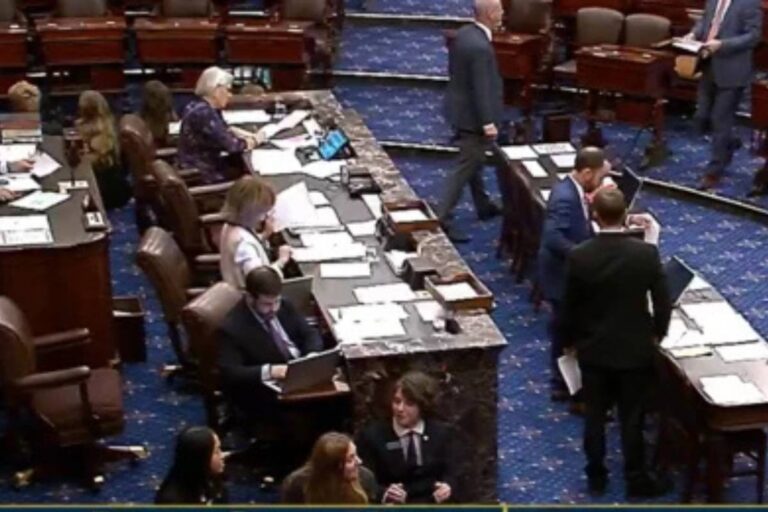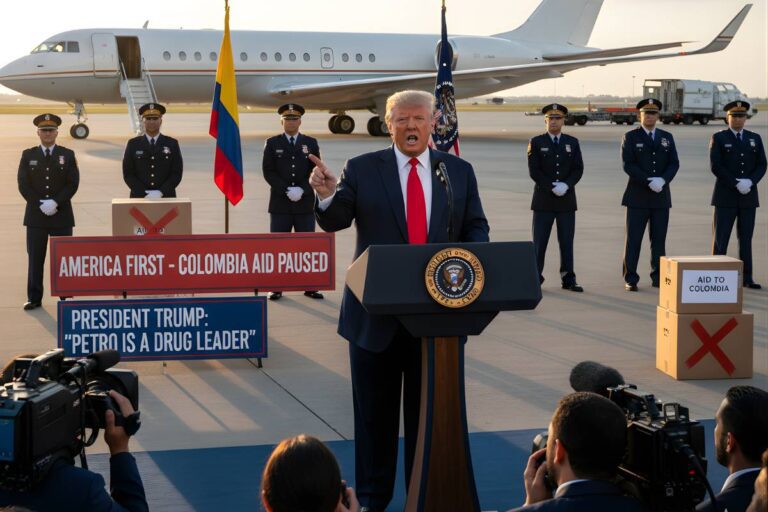If you’ve ever been gridlocked on a national highway, cursing potholes as you inch by a toll booth, you know the frustration. But imagine the country’s highest court stepping in, asking, out loud, the same question frustrated drivers have been muttering for years: why should anyone pay for roads in shambles? That’s the question at the heart of a dramatic confrontation between the Supreme Court of India and the National Highways Authority of India (NHAI) over toll collection on a notoriously battered stretch of National Highway 544, near Kerala’s Paliyekkara toll plaza.
The Scene in Court: Blunt Words and Real-World Stories
On Thursday, inside the marbled halls of New Delhi’s Supreme Court, Chief Justice Bhushan R Gavai and Justice K Vinod Chandran had pointed questions for NHAI, questions that cut to the bone. The NHAI was in the dock, appealing a Kerala High Court order that had, just days earlier, suspended toll collection at Paliyekkara for four weeks. Why? The roads are unfinished. Commuters, ordinary Keralites, delivery drivers, and even ambulances are stuck in brutal traffic jams. The high court had put it plainly: you can’t charge citizens money to use roads that aren’t up to scratch.
“Roads are in such bad condition…You are collecting tolls, but where are the roads? How do you start collecting tolls even without completing the roads?”
, Chief Justice B R Gavai, Supreme Court of India
And here’s the kicker: the Chief Justice himself had driven the very route in question. The result? Personal experience with the traffic snarl and pothole misery that locals have endured for months.
Why This Case, Why Now?
So, what brought the legal hammer down? It all started with a wave of public complaints, culminating in a stinging Kerala High Court order on August 6, 2025. The court slammed NHAI for what it called “total apathy” in dealing with the never-ending congestion and hazardous conditions along the Mannuthy–Edappally stretch of NH 544. That’s a 65km ribbon of highway that, locals say, has become every commuter’s nightmare. To the court, NHAI had broken a “tie of public trust”, a sacred, if unwritten, contract between citizens and government.
Here’s how it all unfolds in the legal world:
- August 6, 2025: Kerala High Court orders a four-week halt to toll collection at Paliyekkara, insisting the government address complaints.
- NHAI Appeals: The national agency runs to the Supreme Court, demanding a stay on the lower court’s “stop the tolls” verdict.
- Supreme Court Weighs In: On August 14, the justices made it clear, they aren’t buying NHAI’s arguments. They want action, not more paperwork.
The Arguments: Who’s Responsible for the Mess?
NHAI’s Side
NHAI’s main talking point: they aren’t directly collecting the tolls; it’s the job of a private concessionaire (a company contracted to run the booth). The solicitor general, Tushar Mehta, representing NHAI, argued in court that the truly bad patches, about 4.8km in total, he claimed, are being fixed. Black spots. Blind intersections. Overpasses and underpasses, he said, are in the pipeline.
But here’s the funny thing: the court wasn’t convinced. The bench pointed out that the work should’ve been planned before letting a single rupee change hands at the booth. Instead, traffic jams are so severe, according to Justice Chandran, that ambulances can’t get through, and citizens have missed crucial moments, like attending family funerals, because they were caught in toll-related gridlocks.
“You should have planned for intersections and other measures before starting to collect tolls…You start collecting tolls even before the roads are ready.”
, Supreme Court Bench to NHAI
The Human Side
In a world of legal jargon, it’s easy to lose sight of the real people involved. But the courts didn’t. The bench referenced widely reported stories, like that of a local managing director who left home early for a family funeral but was left stranded, stuck for hours just kilometers from the ceremony, all thanks to the clogged approach to the toll booth.
Court’s Core Demand, Answers, Not Excuses
Supreme Court justices weren’t mincing words. Instead of legal sparring, they pressed for immediate fixes:
- Don’t just appeal the order; resolve the congestion and poor road quality.
- Four-week halt to tolls: It stands for now. Fix the problems in that window, the court ordered.
- The personal experience of the Chief Justice: Not just legislative bluster, but a reality check for NHAI’s top brass.
- Fix public trust: The bench made it clear, when government bodies breach public trust, the right to demand user fees evaporates.
Funny how, sometimes, courts have to explain what should be common sense.
What Exactly is NH 544? And Why Is Paliyekkara Key?
National Highway 544 snakes its way through Kerala, connecting bustling Kochi to the industrial hub of Salem in Tamil Nadu. At the 65km mark near Paliyekkara, a toll plaza stands. Or rather, it grinds traffic to a halt.
Quick facts for context:
- NH 544: Major lifeline for commuters, freight, and emergency vehicles.
- Mannuthy–Edappally stretch: A strategic, high-traffic segment.
- Paliyekkara Toll Plaza: Major revenue point, and, lately, the eye of the storm for road rage and legal wrangling.
What Did the Kerala High Court Order?
The Kerala High Court’s ruling wasn’t just a nudge. It was a four-week suspension of all toll collection at Paliyekkara, starting August 6, 2025. The order demanded that public grievances be addressed, not with meetings and paperwork, but with “solutions.” It called for:
- The Union government is to consult with NHAI, Kerala’s Chief Secretary, and the toll concessionaire.
- A plan to address not just bad patches, but the root causes of traffic chaos.
- Action, not more excuses, is a consistent theme through every ruling and every oral observation from the bench.
The court specifically cited NHAI’s repeated failures to answer reminders since February 2025, a delay that ultimately forced judicial intervention.
What Is NHAI’s Defense? The Blame Game and Technicalities
NHAI tried to draw distinctions between who’s at fault for what:
- The operations and management of the toll are, they insist, managed by a private concessionaire as per contract.
- Five “black spots”, dangerous or unusually congested junctions, should, NHAI said, be outside their direct purview. But that didn’t mollify the court.
- Most of the highway, NHAI argued, is in decent shape. Only a handful of kilometers are suffering. The court responded: even one dangerous stretch that blocks ambulances or vital commuters is too much.
“In any case, the high court has stopped toll collection for four weeks. Resolve this. You are wasting time filing appeals.”
, Supreme Court Bench
Public Outcry: Years of Suffering on the Roads
You might think this is a sudden controversy. Think again. Legal filings and media reports highlighted that Keralites have been complaining and suffering, in line and in the dust, for years. Even when the High Court flagged problems in the past, petitioners and public interest advocates say, NHAI and its contractors failed to act.
Advocates representing aggrieved citizens hammered this home in court, painting a picture of bureaucratic inertia and missed deadlines.
What Happens If Roads Aren’t Improved in Four Weeks?
As of now, tolls are suspended at the Paliyekkara booth until at least August 18, when the Supreme Court has set the next date for review. The big question: what if NHAI drags its feet further? The courts have signaled that they expect real, tangible improvements, not simply reassurances, if tolls are to resume. Otherwise? The legal battle and suspension of tolls may be set to continue.
The message is glaring: fix the roads, or stop charging people to use them.
The Broader Issue, Tolls, Trust, and Accountability in India
Zoom out for a moment. This case is about far more than rusty roads in one corner of Kerala. It’s about the broader contract between public authorities and everyday citizens. The Supreme Court’s words pack a punch:
- Government bodies must not “breach public trust.”
- Toll collection is not an inalienable right; it’s a privilege, earned by delivering the service for which users are paying.
- When the public, courts, and even the Chief Justice himself are flagging the same hazards on the same highway, something’s got to give.
Ongoing Construction: Promises and Delays
In defense, NHAI points to ongoing work: new overpasses, underpasses, and attempts to address infamous “bottlenecks.” Solicitor General Mehta filed for extra time, seeking to present maps and photographs at a future hearing, promising that fixes are in the works.
But for now? For frustrated commuters inching past Paliyekkara, the only promise they see is another backup at another toll booth, waiting for relief.
Key Takeaways, What It Means for Drivers, Authorities, and India’s Road Future
- No Service, No Fee: Courts say the right to collect tolls hinges on real, safe, drivable roads.
- Citizen Grievances Matter: Repeated complaints and viral stories have forced accountability onto NHAI.
- Legal Deadlines Loom: With the Supreme Court’s four-week window, officials are under pressure to deliver real results.
- National Precedent: The case could set a standard, elsewhere in India, expect similar scrutiny if poor infrastructure persists.
What’s Next? The Road Ahead, Literally and Figuratively
The Supreme Court has scheduled the next hearing for August 18. By then, both NHAI and the private contractors are expected to show concrete progress. The Union government remains under orders to coordinate directly with Kerala officials, and with the tireless citizens who’ve brought their complaints to the nation’s highest judges.
For travelers stuck at Paliyekkara and for communities connected by NH 544, the hope is that this very public, very human case delivers more than headlines, more than renewed promises. The hope is, finally
Closing Thought
Sometimes the most powerful thing a court can do is ask a simple question the whole country’s been thinking: “Where are the roads?” For now, in Kerala at least, drivers and justices alike are demanding an answer.








